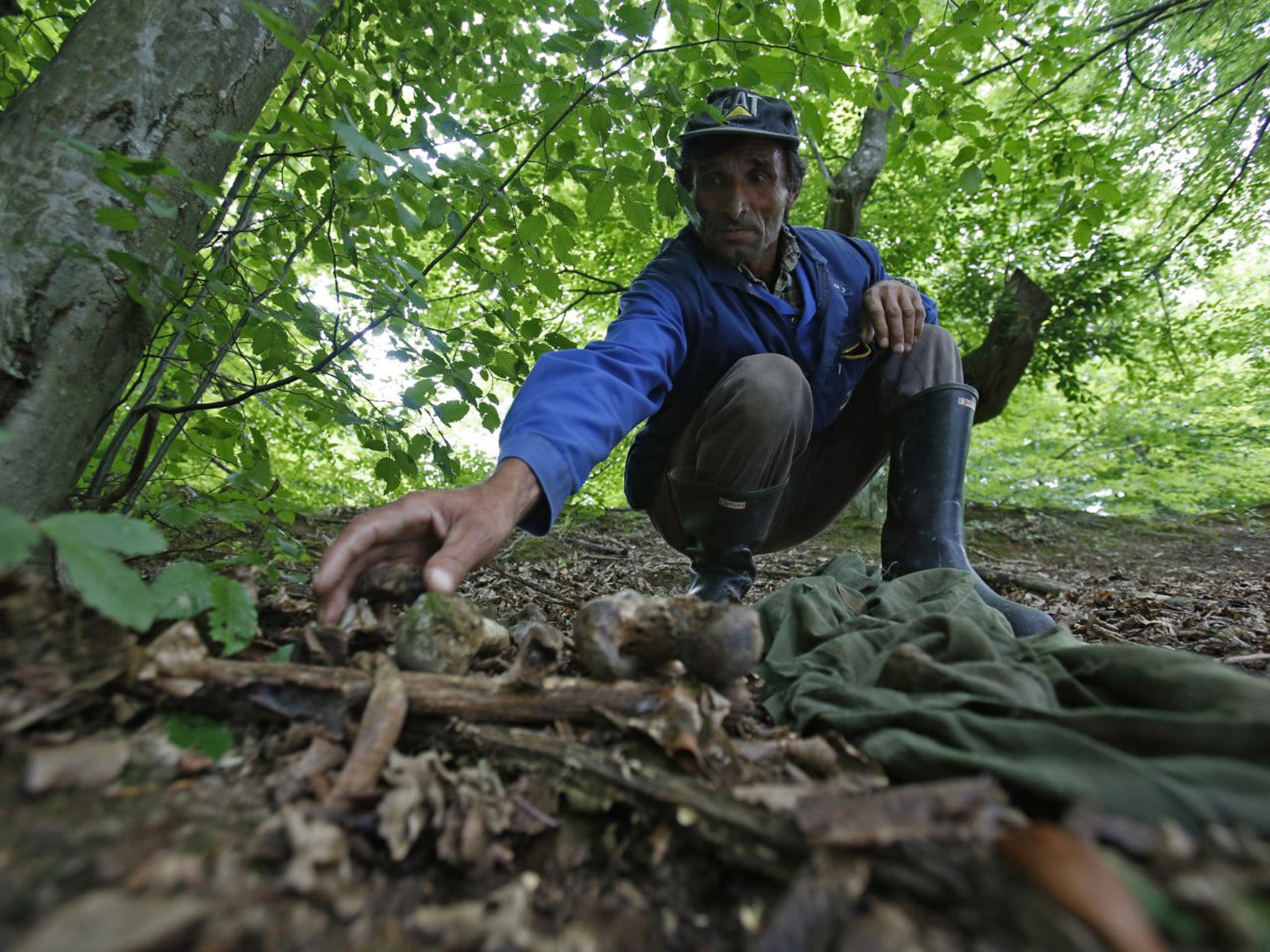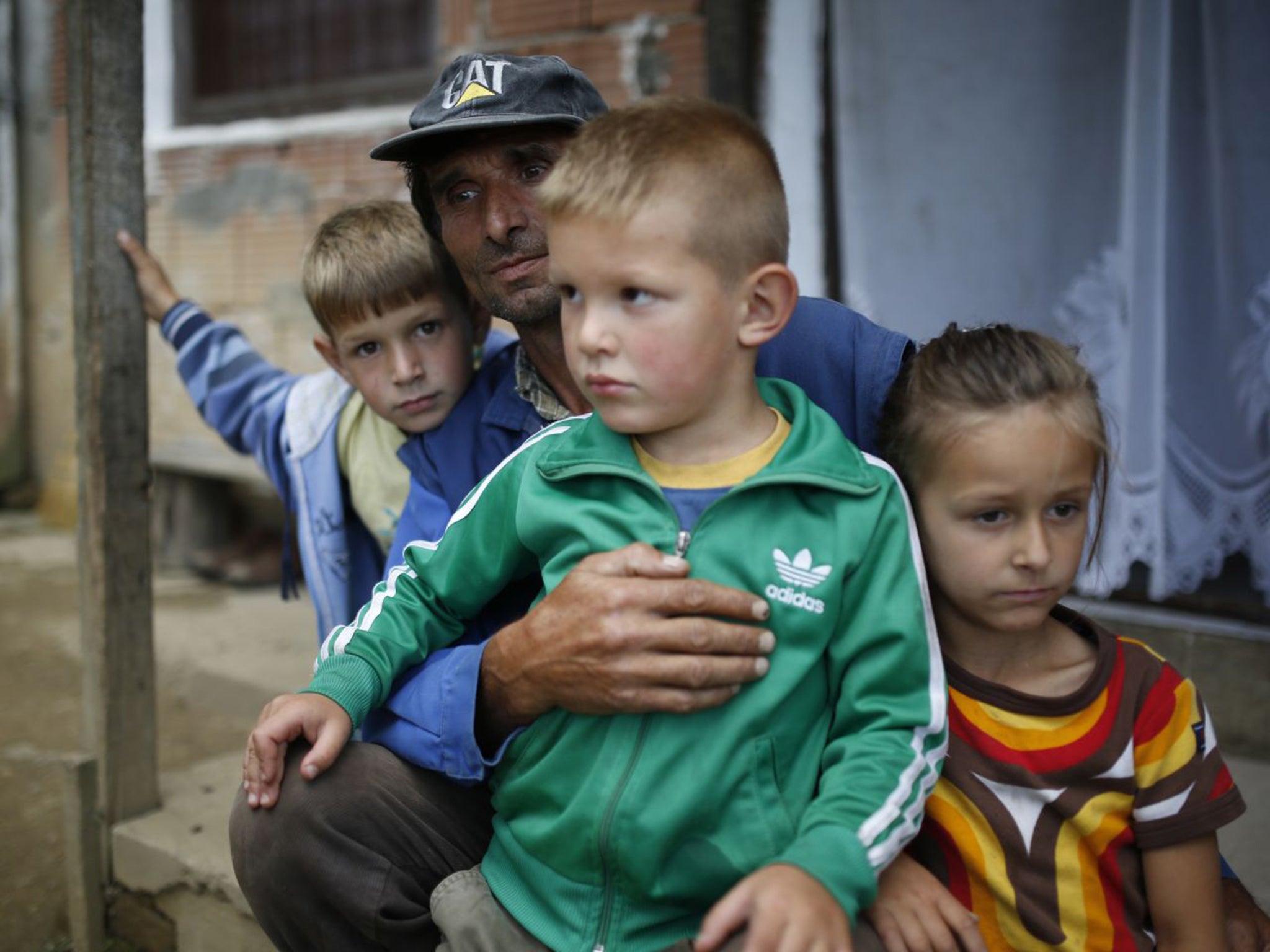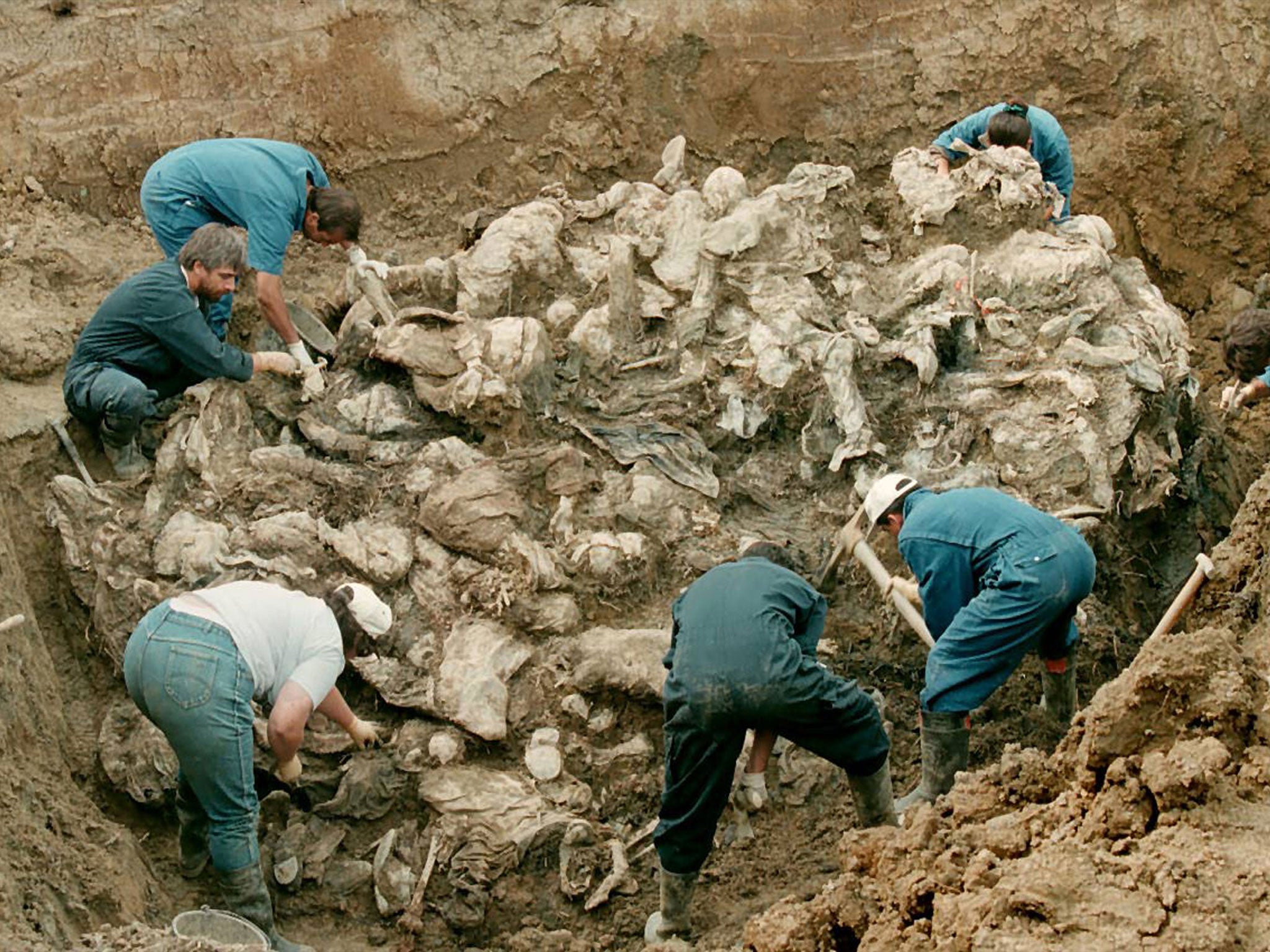Srebrenica: A son's quest amid the bones of Europe's worst massacre since World War Two
Ramiz Nukic lost his father and brother when the town was overrun in 1995

Your support helps us to tell the story
From reproductive rights to climate change to Big Tech, The Independent is on the ground when the story is developing. Whether it's investigating the financials of Elon Musk's pro-Trump PAC or producing our latest documentary, 'The A Word', which shines a light on the American women fighting for reproductive rights, we know how important it is to parse out the facts from the messaging.
At such a critical moment in US history, we need reporters on the ground. Your donation allows us to keep sending journalists to speak to both sides of the story.
The Independent is trusted by Americans across the entire political spectrum. And unlike many other quality news outlets, we choose not to lock Americans out of our reporting and analysis with paywalls. We believe quality journalism should be available to everyone, paid for by those who can afford it.
Your support makes all the difference.Day after day, Ramiz Nukic goes deep into the woods around Srebrenica in search of a tragic quarry: human bones.
There’s rarely a day in which he does not find the remains of at least one murdered boy or man, even 20 years after Europe’s worst massacre since the Second World War. Srebrenica’s killing fields have swallowed up 8,000 bodies, and the murderers took pains to hide evidence of the genocide.
Mr Nukic’s quest started in 1999 after he returned to his empty hometown of Kamenice and began looking for the remains of his murdered father and younger brother. As the family’s only male massacre survivor, he became obsessed with bringing closure to their loss. Every day he discovered bones that gave other families the gift of mourning, but not his own. Every day he kept trying, and quietly he built up an astonishing record: Mr Nukic’s discoveries have allowed Bosnia’s Institute for Missing Persons to identify nearly 300 Srebrenica victims.
But his father and brother have eluded him.

Srebrenica was a Muslim town besieged by Serb forces in Bosnia’s 1992-95 ethnic war, in which Serbs tried to wrest away territory from Bosnian Muslims and Croats to form their own state. Serb troops led by General Ratko Mladic – on trial in The Hague on genocide charges – overran the enclave in July 1995 and some 15,000 Srebrenica men fled into the mountains.
The rest of the population, some 25,000 people, sought protection from Dutch United Nations peacekeepers stationed at the suburb of Potocari. But the outnumbered Blue Helmets could only watch as Serb troops occupied their base and separated men and boys from women, and loaded the males on buses and trucks. They slaughtered some 2,000 men and boys immediately on 11 July, 1995. Then they hunted down and killed 6,000 more who had fled into the forests.
More than 7,000 bodies of victims have been found in 93 mass graves and 314 surface sites throughout north-eastern Bosnia. Another 1,000 people are still missing.
As the massacre unfolded, Mr Nukic said goodbye to his wife and children in front of the UN base, and disappeared into the woods with his father and brother, joining other fleeing Srebrenica men.

But the Serbs set ambushes along their path. As the Bosnian Muslim men sat down to rest on a hill just above Nukic’s village, Serb guns and tanks suddenly fired on the group. About a thousand were killed on the spot – including Nukic’s father and brother. Nukic survived because he hid in the fern until the shooting was over. Knowing the terrain, he managed to sneak away and eventually find his wife and children in a refugee camp.
Mr Nukic returned to his empty village of Kamenice in 1999 and gathered courage to climb up the hill where his loved ones died. The sight that greeted him froze his blood.
“When I saw those clothes and shoes scattered around the site,” he said, “I went numb.” Right at his feet, he found three complete skeletons.
From then on, Mr Nukic searched the woods every day, overturning branches and leaves, hoping to find his father and brother. But there was no way to tell who he found.
“A bone is a bone,” he said. “You do not know who it belongs to.”
Each time he discovered bones he contacted the Institute for Missing Persons, which took away the remains to identify through DNA analysis. “I rarely return home empty-handed,” he said as he sat on a tree stump next to his latest finding. He is not allowed to touch the bones. It’s a crime scene.

“I feel bad when I don’t find a bone,” said Mr Nukic, a farmer. “I’m happy when I do. Because one family will find closure.”
Calmly lighting a cigarette, he pulled out his mobile phone and called his contact at the institute.
After extensive descriptions of his location, institute representative Sadik Selimovic turned up to make the collection.
“Ramiz Nukic’s help has no price,” Mr Selimovic said. “Thanks to him many bones got their names. I do not know how the institute could repay him. We have run out of words of gratitude for him.”
This year, Mr Nukic’s dream of finding his father and brother came true, but he wasn’t the one who made the discovery: The incomplete remains were found in a mass grave.
He will bury his father on 11 July. “It feels good, although he is not complete. I will bury him, and I will know where his grave is,” Mr Nukic said. But his mission is not over. Mr Nukic intends to keep hunting for bones to the end of his life.
AP
Join our commenting forum
Join thought-provoking conversations, follow other Independent readers and see their replies
Comments